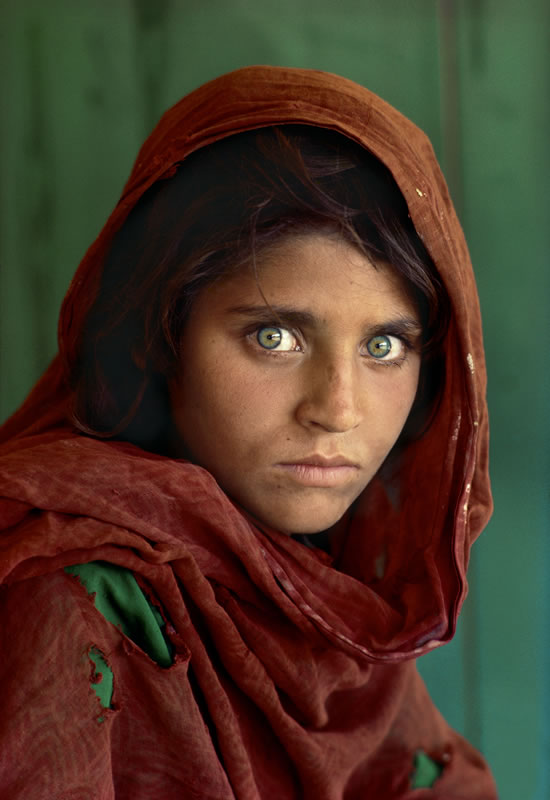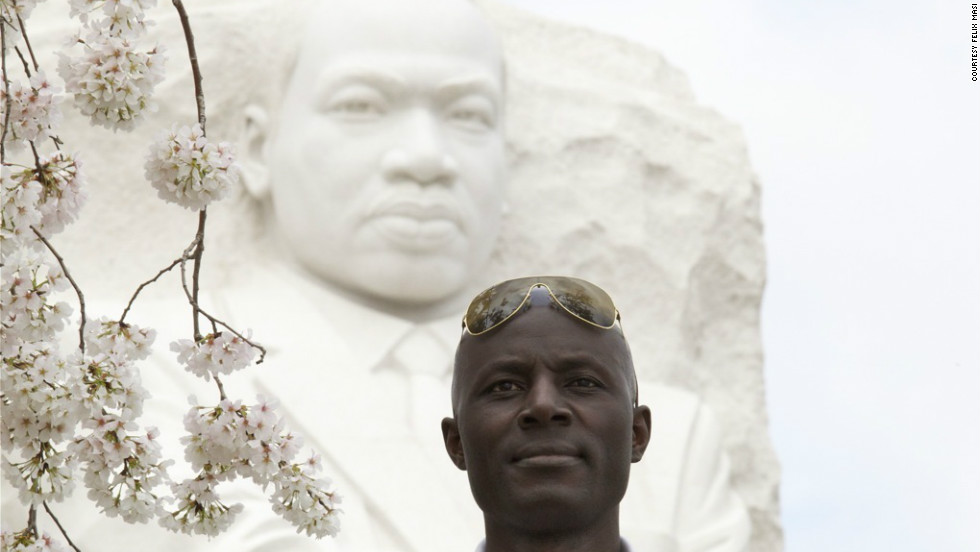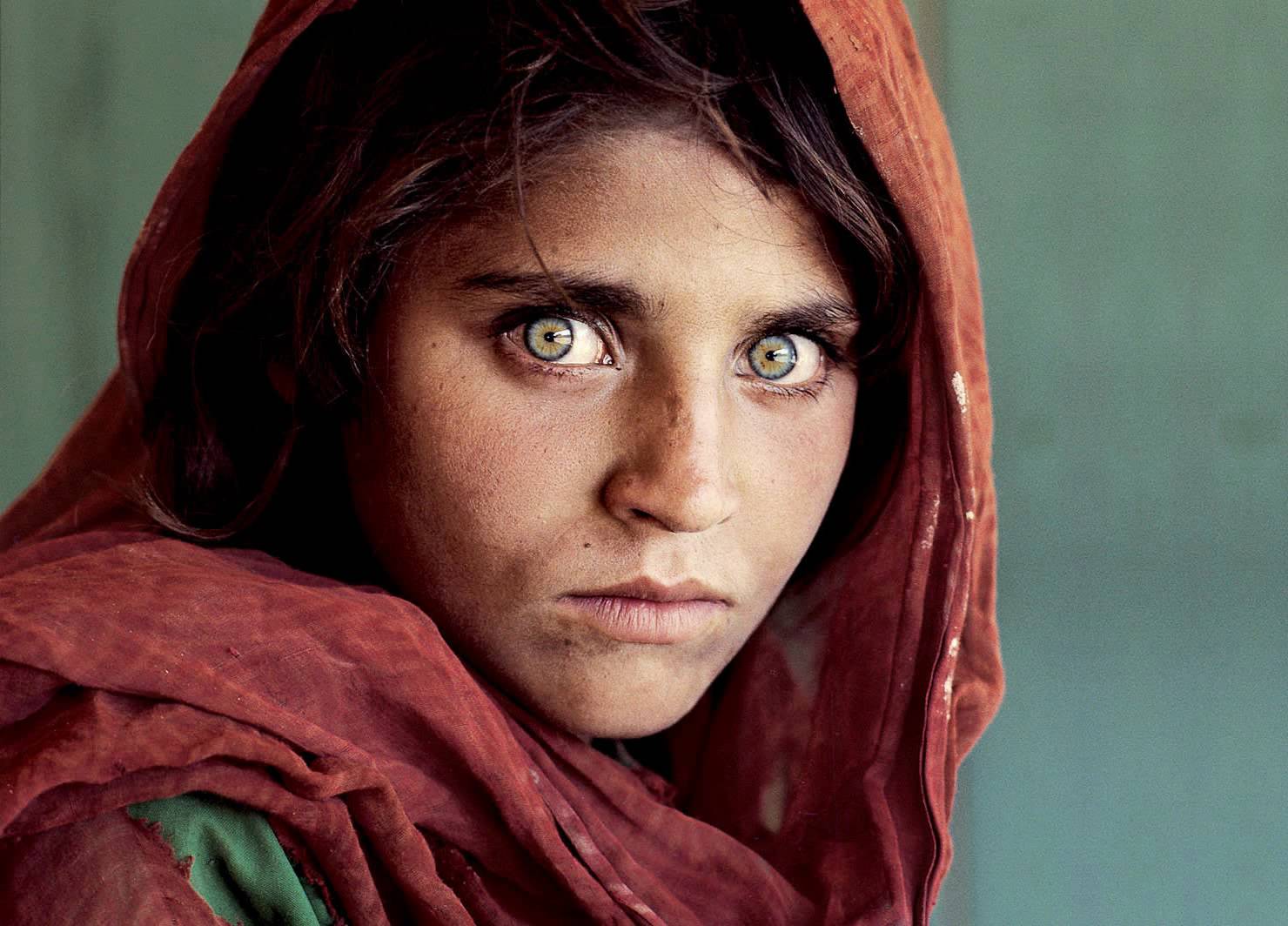Photos by: Patrick Agit
When I began this course my definition of photojournalism was simply a person whose job it is to go out and take pictures for newspaper and magazine agencies. Basically, my idea was that a photojournalist is a journalist who uses a camera mainly for their reporting. However, after arriving to the final course module, I have come to understand that being a photojournalist is more than just traveling to events and crises and visually recording what is going on. It's more about telling a story, but not with words, but with visual images. Furthermore, photojournalists, due to the nature of photography, often times have to get a lot closer to whatever their subject at a given time may be in order to get the best possible photos. This is not to say that non-photojournalists are not brave, but it is much easier for them to simply stand far away and jot down notes on what is transpiring before them. Finally, photojournalists have a unique quality about their line of work in that their pictures can display all of the details that words are not able to cover, photojournalism essentially leaves out all of the guess-work associated with reading words.
Photo by: Warrick Page
The history of photojournalism certainly is something important for everyone to be aware of and knowledgeable about. Photojournalism is a powerful tool that is quickly manifesting itself as the number one medium for reporting and journalism. It is no secret that newspapers and other paper-bound, wordy methods of supplying information are disappearing. The advent of Snapchat and Twitter are good examples of this change. Snapchat is all about using pictures and a caption in order to communicate. And Twitter uses words mostly, but tweets are short, usually a few sentences at most. The world is becoming a place where people do not necessarily have the time to stop and read long paragraphs, so photojournalism will undoubtedly be taking standard journalism's place. As stated before, photojournalism tells a story, and to know where, when, and how these stories first started depicted visually is of major importance. Mathew Brady is probably the most agreed-upon "father" of photojournalism.
Photo by: Mathew Brady
There were a few moments throughout this course where I truly learned something that opened up my mind and made me change my viewpoint. One such moment was when I learned about black and white photography, and how the idea of not having colors can enhance an image emotionally. When I was younger, I used to consider black and white photography an outdated form of taking pictures, and that it did not really have much of a place in today's photojournalism standards. But, after learning more about the background and use of black and white imagery, I decided to give it a try myself. For my creative experiential exercise, which are the photographs above that I came up with, I tried taking pictures in color, and then in black and white to be able to analyze the differences for myself. The exercise definitely helped me see, and be able to practice with black and white and gain a better understanding of it. Another big moment of learning for me in the course was when I had to go more in dept about the photojournalists themselves and learn about how they interact with their subjects. Before I started the course I had assumed that photojournalists simply photographed nouns and went home at the end of the day. However, this could not be any further from the truth. For photojournalists they like to develop an emotional connection with their subjects, and treat them like the people they are, and not just as the next big thing in the news industry. It really was an eye opener for me.
"Big vs Small"
Photo by: Leif Londal
The question whether photographs change the world is a big one, and a deep thought-provoking question at that. There are pictures that people will always instantly recognize, they just tap into the deepest fibers of our inner beings and stick with us forever. We may not always remember the photojournalist who took them unfortunately, but the visuals that some photojournalists have captured stay with us forever. The subject of a picture can be almost anything, but it is often times when people are the subject that a photo stays with us the longest, or even forever. One of the most popular pictures in recent memory is that of a starving child in the African country of Sudan. The child is face down, and just feet away behind him is a waiting vulture. The image sent emotional shock waves through out the world. The picture in question was taken by Kevin Carter in March of 1993 in the southern part of Sudan.
Photo by: Kevin Carter
When I went out and took the pictures at the top of this blog, I was carrying with me all of the knowledge that I had learned through the assignments, exercises, and projects that I had done throughout the course. When I stepped out of my house I made sure that I would look at lines created by objects, trees, people, etc. I also did my best to give a background to each photo, and to make it so that they told a story in some sort of way. One of the major things that I made sure that I did when I set out was that I made sure to keep a running theme, to have a bias, to have a certain style to the pictures I took. I learned midway through the course that each photojournalist can be recognized by the style of the images that were taken. It was an idea that I never would have thought of before. But then again, as I also learned, photojournalism, and more specifically photography, is an art, and art always bears the style of its creator. With that said, since I love nature so much, I decided to try my hand at a more nature-related style of taking pictures, as well as practicing with black and white photography.
Reading through the various Photojournalist Profile projects created by my classmates, I learned quite a few interesting facts. For example, from Alejandra's Photojournalist Profile, I learned that age is not a factor in how good someone's photographs can be.
"Zoriah: I would consider myself a 20th /21st century photojournalist. “I began photography when I was 15 yearsold and within the first year of shooting I won a national award and was prettyinto the idea of becoming a photojournalist.'"
"Zoriah: I would consider myself a 20th /21st century photojournalist. “I began photography when I was 15 yearsold and within the first year of shooting I won a national award and was prettyinto the idea of becoming a photojournalist.'"
After reading Kelsy Prats' Photojournalist Profile, I learned that soon after the war in Iraq started, there were very few full-time photojournalists simply due to the gruesomeness of war.
Photo by: Kenneth Jarecke
Another thing that I had learned about the history of photojournalism was from Aaliyah's Photojournalist Profile. In her profile, Aaliyah talked about James Augustus van Der Zee and how he liked to have his subjects be in certain poses, and also touch up the environment around them to make the picture perfect.
Photo by: James Augustus van Der Zee














































